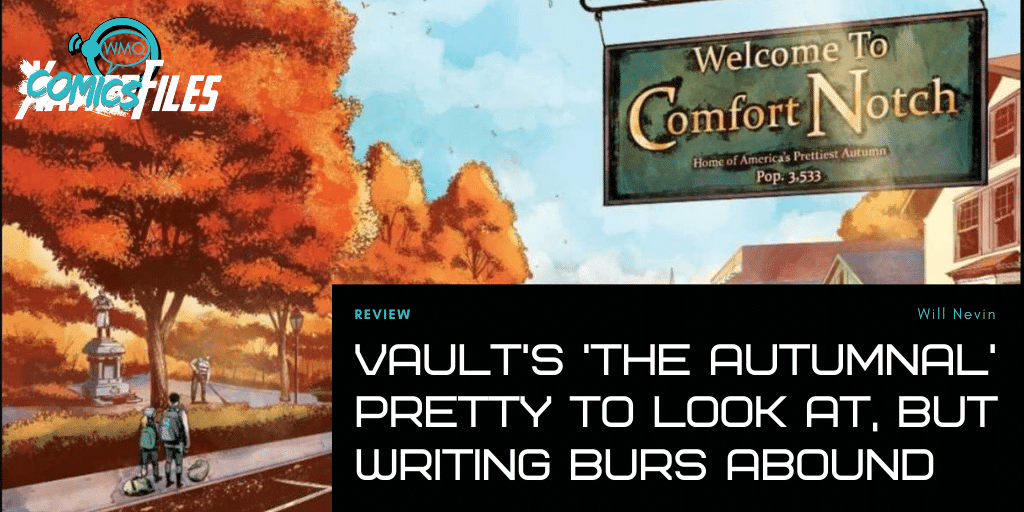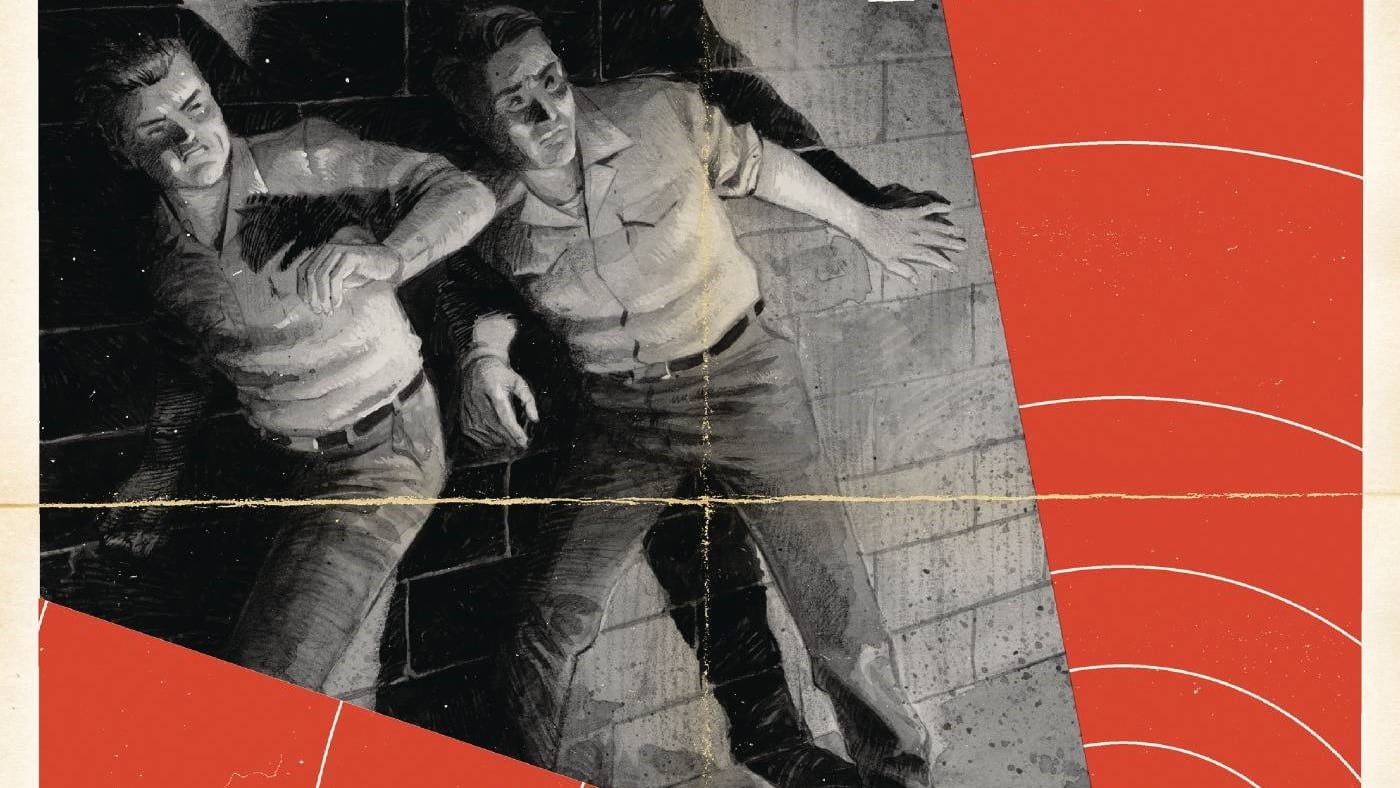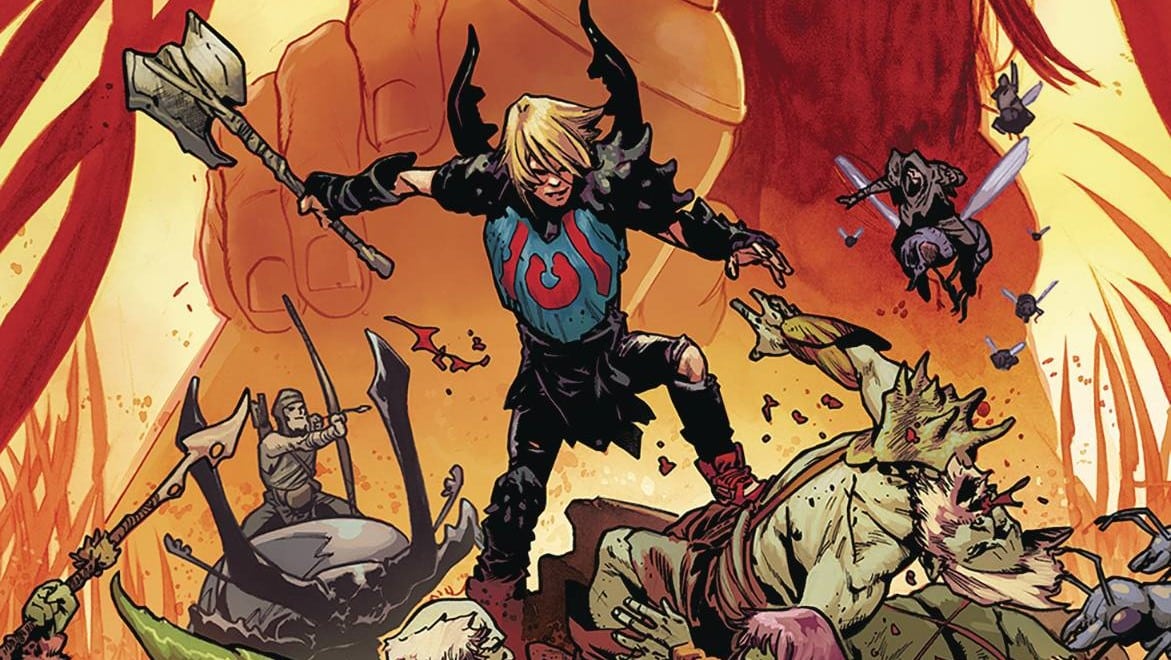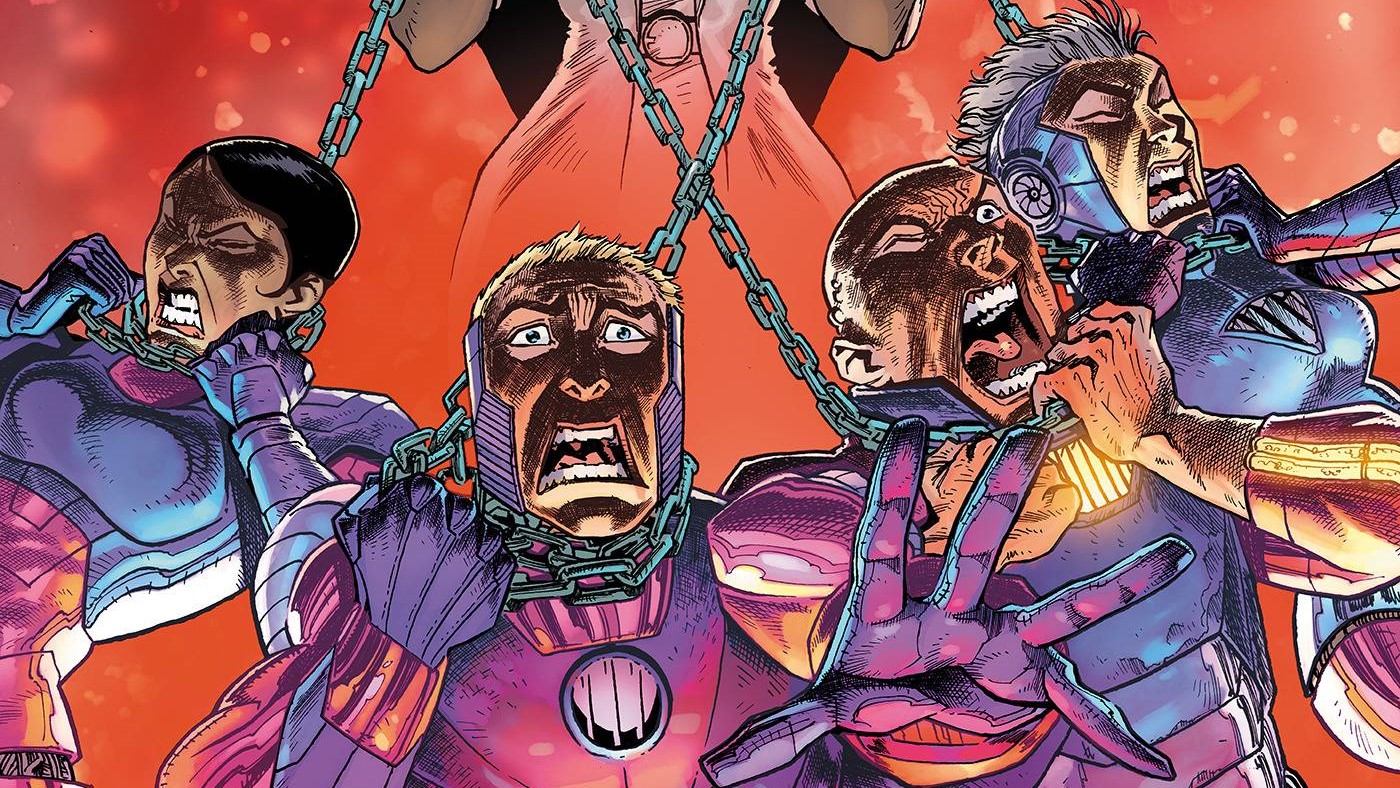The Autumnal #1
Writer: Daniel Kraus, Artist: Chris Shehan, Colorist: Jason Wordie, Letterer: Jim Campbell, Publisher: Vault

Writers — all of whom loathe the process of editing — have plenty of advice for getting through the ordeal. British writer Sir Arthur Quiller-Couch wrote in 1916 that scribes should “[m]urder your darlings,” meaning that those funny bits and quips you love the most as an author may be the thing holding back your work. (FYI, Sir Arthur, my darlings, my parentheticals and em dashes are all mine, and you can’t make me get rid of them.) Writer Peter De Vrites — in a quote mangled and misattributed to Ernest Hemingway — said, “Sometimes I write drunk and revise sober, and sometimes I write sober and revise drunk. But you have to have both elements in creation — the Apollonian and the Dionysian, or spontaneity and restraint, emotion and discipline.” (Perhaps the fake Hemingway quote of “Write drunk, edit sober” is better after all — it’s pithier for sure.)
My writing mentor Rick Bragg, the great chronicler of Southern Appalachia, always said that editing was the process of sanding down the burs on your work, getting rid of those thorny, splintery imperfections until you had a piece of writing that was smooth and sung real pretty. But the burs are tough, and you can’t always see ’em: You have to feel for them — slowly. Read that thing until you’re sick of it. Until you hate it and wish you had never written it. Then read it again out loud. Tweak it. Read it again. And again. And when you finally have nothing but polished pine in your hands only then is it ready to go.
“The Autumnal,” as a series in Vault’s spoopy seasonal Nightfall line, is hitting at the right time, as my kitchen’s stocked with both soy creamer and bagels of the pumpkin spice variety. The art is as pretty as anything else going. But the burs. The goddamned burs all over the writing and pacing. They take a book set up for success and turn it into something lesser, an unfortunate outcome for a thing that should have (and perhaps still can) sing in accord with the symphony of the night.

The book runs on the classic trope of a big city (Chicago) type returning home to deal with some small town (Comfort Notch, New Hampshire) baggage (dead estranged mom), but that’s a formula that can work; it’s the execution here that fails. Dialogue is strange, actions are forced and so many moments simply come off as inauthentic. For example, Mom Kat is called to her daughter Sybil’s school after Sybil has gotten in her latest fight (she has a psychiatric diagnosis of intermittent explosive disorder, which I assume is going to be a continuing plot point and/or tie into the family drama but still seems like a strange thing to me) and a monotonous, rote scene is only punctuated by the following bizarre exchange before segueing awkwardly into a flashback:
Kat: “Look what I got you at the library. That’s why I was late, Principal Fielder. I had the taxi stop at the library.” (Hands Sybil a copy of Stephen King’s “The Eyes of the Dragon”)
Sybil: “It’s a dragon book! Mama, did you know all dragons must be utterly destroyed?”
(Note: Sybil has a thing where she likes to use big words.)
Kat: “We’ll do it, Syb. Together we can destroy all dragons.”
How is that exchange — in front of a school principal, no less — real or relatable? Is it supposed to be heartwarming or detached? Weird or charming? I don’t know because I’m too busy nursing the spot where the bur tore into me.
After they leave the office, the pair walk outside into a waiting cab. “Mom. The car’s full of our stuff,” Sybil says. There is no stuff. The car is not full. Another bur, this one trying to be tidy exposition telling the reader that Kat has packed up their studio apartment in order to move to Comfort Notch.

The thorniest bur outside of the dialogue has to be the pacing. In a thing that effectively builds up the dread and the suspense, we don’t have to get to the spooks immediately — “Midsommar,” for example, doesn’t do anything overly shocking for what feels like a good hour, but it builds a mood the whole time. “The Autumnal,” though, gets to its point on the last dadgum page without doing much of anything to create a foreboding atmosphere capable of drawing readers in.
Bragg’s other piece of lasting advice has been to always get “the name of the dog” and the “brand of the beer” — meaning that in reporting for nonfiction stories, we gather the small details that help us build an engaging work that swallows readers whole. I don’t know what the fiction equivalent is (including an actual specific King book didn’t do much here, after all), but something to build a better mood and an atmosphere is needed if this series is going to be what it can be.
And for the love of all things pumpkin — before I stumble on another awkward line or baffling bit of exposition — sand off those burs.
Will Nevin loves bourbon and AP style and gets paid to teach one of those things. He is on Twitter far too often.






